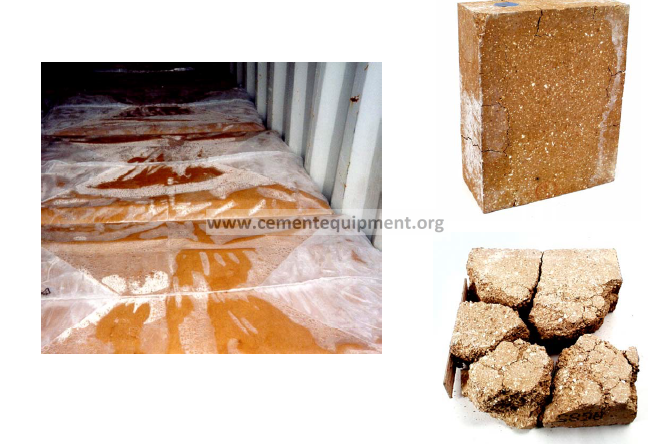Contents
Wear of refractories, particularly when using waste fuels and their influence on the brick life
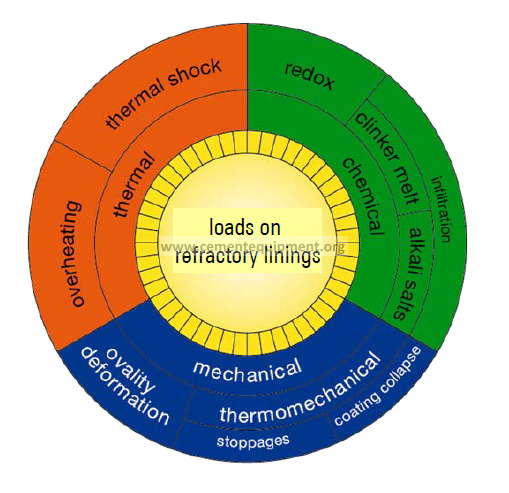
[wpecpp name=”package + Updates forever” price=”250″ align=”center”]
Influences on the part of the cement producer
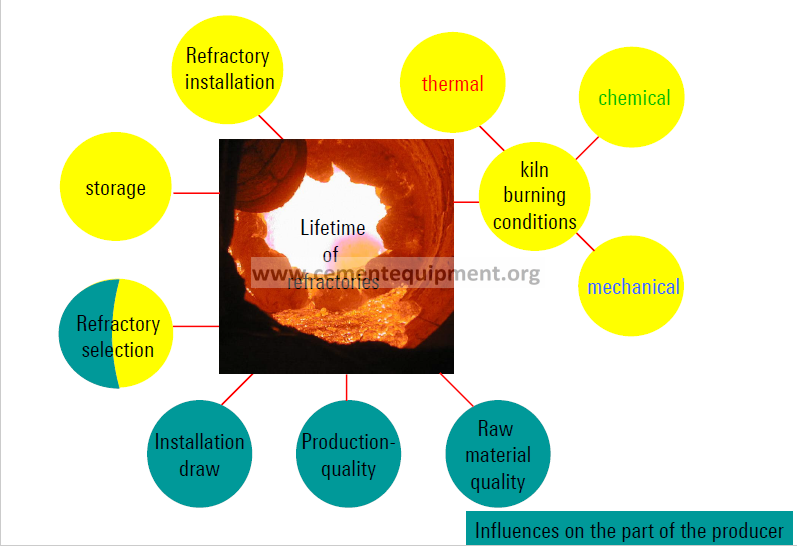
Stresses on the Refractory Lining in Rotary Cement Kilns
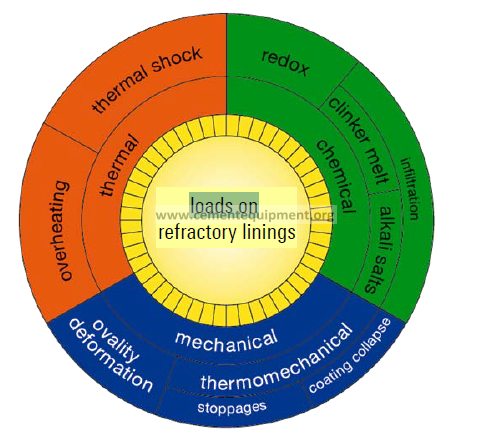
Thermal influences
-Typical burning conditions
-Clinker melt infiltrations
-Concave/sloping erosion
-Thermal shocks
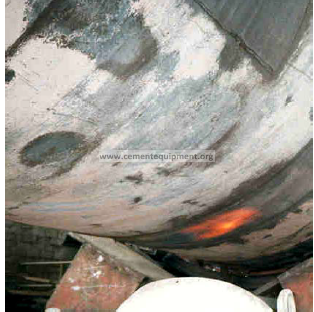
Typical burning conditions
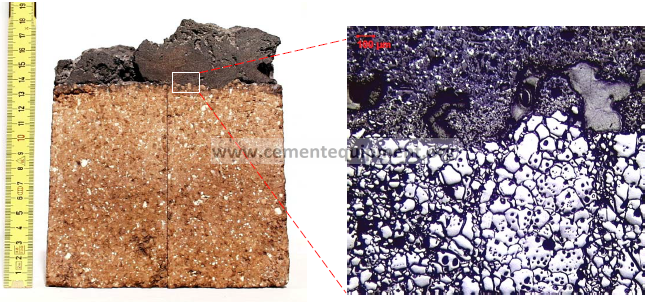
Clinker melt infiltration
Densification of the brick‘s hot face caused by clinker melt infiltration
-increased thermal influences
-variations of the kiln feed composition
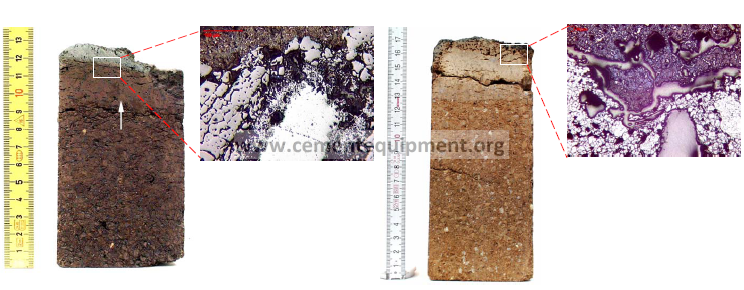
Concave/sloping erosion
-(brickwork erosion)constant thermal overloading of the brickwork
-direct flame impact
-coating free operating conditions with standard bricks with low refractoriness
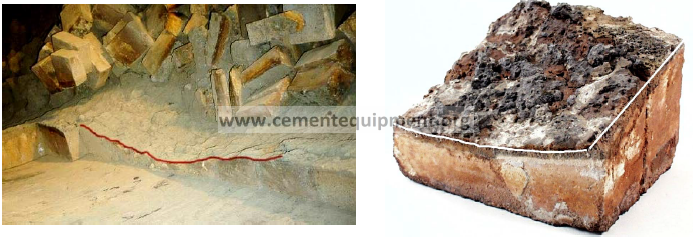
Thermal shoc kinfluences
-Too fast heating up or cooling down
-Loss of coating
Optimizing:
-Taking heating procedure into consideration/cooling down slowly
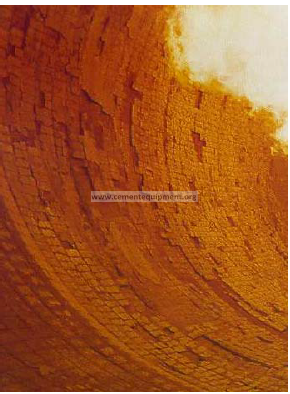
Chemical influences
-Salt infiltration
-Corrosion of chrome spinel
-Silicate corrosion
-Redox burning conditions
-“Alkali Spalling“
-Corrosion of the kiln shell
-Hydration of basic bricks
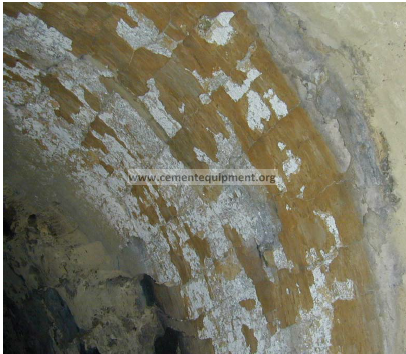
Salt infiltration: Volatile elements and their principal compounds(without heavy metals)
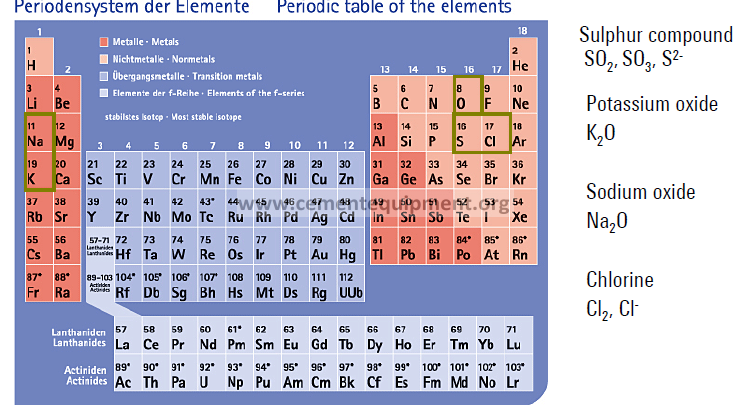
Kiln feed raw material
Clay and mica minerals
Feldspar (Na,K)AlSi3O8
Plagioclase (Na,Ca) (Si,Al) Al2Si2O8
Additives (ashes, bentonite, etc.)
Alternative combustibles
Salt infiltration: chlorine sources
Coal0.01 -0.3 %
ClLignite0.1 -0.13 %
ClAnimalmeal0.6 -1.6 %
ClPlastics»PVC«20 % of the worldwideproductionof»plastics«
CH2=CHCl30 % Cl
Salt infiltration sulphur source
Kiln feed raw material: FeS2, PbS, ZnS, CaSO4, CaSO4·H2OOil0.2 -2.5 %Pitch/Tar1 -6 %
Coal0.1 -12 % SO3 in the ash
Petrol coke5 -8 %
Lignite0.2 -15 % SO3 in the ash
Concentrations of salts in the cement kiln system
Circulation of volatile compounds
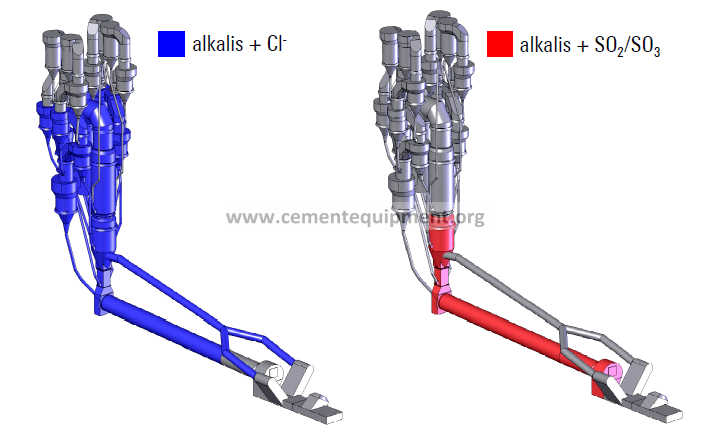
Calculationof the alkali-sulphate modulus(ASM) in the cement clinker
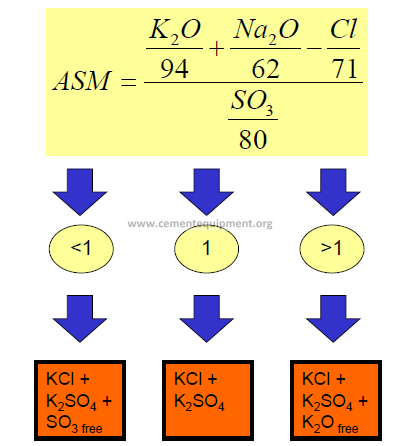
Salt infiltration, balanced alkali-sulphate modulus(ASM ~1)
Densification of different brick horizons
Infiltration of gaseous alkali chloride and/or sulfate components,
condensation and densification of the brick texture
Sulfate salts mostly in the lower transition zone and burning zone together
with alkali chlorides in the upper transition zone
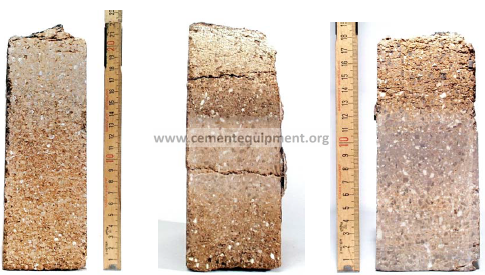
Salt infiltration, balanced alkali-sulphate modulus(ASM ~1)
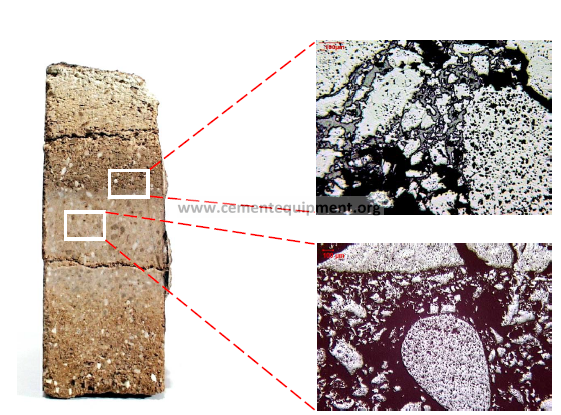
Chrome spinel corrosion, surplus of alkalisin kiln atmosphere(ASM >1)
-Corrosion of chrome spinel in the presence of free alkalis
at higher temperature
-Formation of toxic, hexavalentalkali chromate sulfate
(yellow efflorescences = water soluble)
-Contamination of ground water, mason eczema
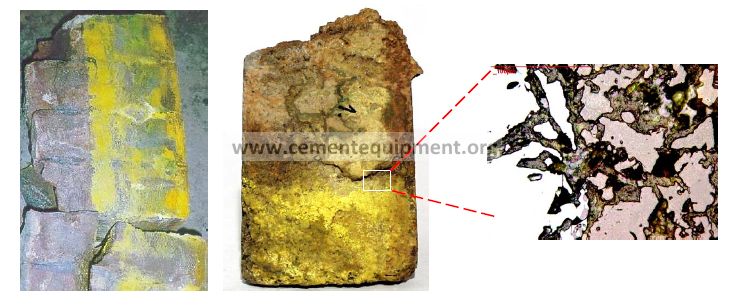
Silicate corrosion, surplus of sulphur in kiln atmosphere(ASM <1)
Silicate corrosion reduces the refractoriness and the structural flexibility

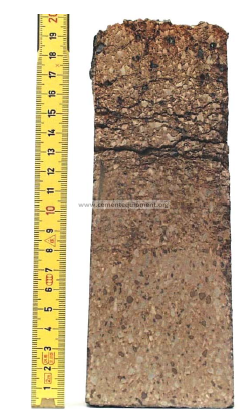
Possibly operational difficulties in the kiln system and to the clinker composition caused by the high sulphur content in the kiln gas atmosphere and/or surplus of sulphur in kiln atmosphere (ASM <1)
Formation of coating rings and/or build-ups in the calcining zone, inlet section, cyclones etc. caused by the formation of anhydrite (CaSO4), double sulfate salts(calcium langbeinite, syngenite), and spurrite phases (sulfate spurrite)
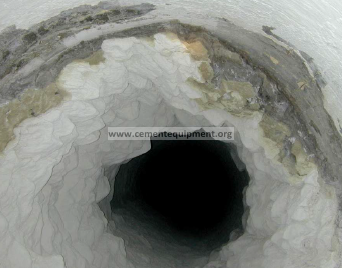
-Sulphur will be retained as sulfates in the clinker (approach orexceed 2 %), reducing the add of gypsum at the clinker grinding stage.
The retarding of hydration and setting of cement will be changed.
-Formation of dusty clinker Excess of sulphur in the clinker reduces the viscosity of clinker melt and the surface tension of the liquid phases, which results in clinker structureloosening, and a
greater proportion of clinker dust is formed.
Redox burning conditions
Local reduction and/or redox burning conditions caused by
incomplete combustion of fuels (coarse coal, ashes on the lining’s surface)
Basic brick grades with alpine magnesia (crystalline magnesia) are sensitive
to the high Fe2O3 content
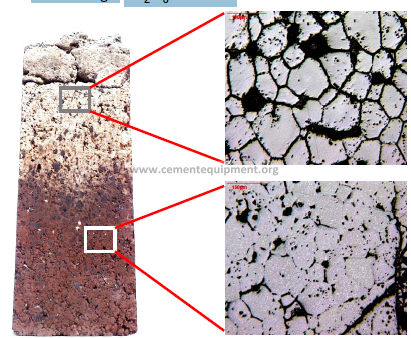
Alkali Spalling“
Thin hot face spallings due to brittleness of the brick texture
Alkalis react with the brick components from fireclay and high alumina bricks forming alkali alumina silicates (feldspar, feldspathoids). This formation is accompanied by volume increase.
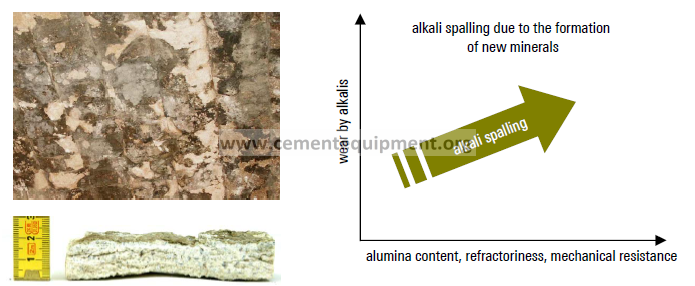
Kiln shell corrosion
Migration and efflorescences of salts between brickwork and kiln shell
Chemical attack of salts under kiln operating conditions (high thermal corrosion)
Depending on the alkali-SO3-ratio and oxygen partial pressure bi-and trivalent iron
oxides and/or iron sulphides are formed.
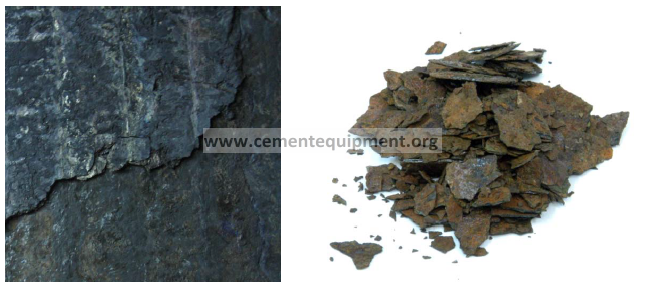
Hydration
-Cracks from the brick surface into the brick‘s internal texture
-Basic bricks are sensitive to humidity and must be stored and protected against humidity, rain and sea water.
MgO reacts with water to brucite (Mg(OH)2) which is accompanied by
volume increase (~ 53%).
-Tropical/sub-tropical climate conditions accelerate this reaction.

Mechanical influences
-Thermal expansion
-Loosenings of the lining
-Kiln shell deformation (ovality)
-Grooves in the lining
-Pressure loads on the kiln retaining ring
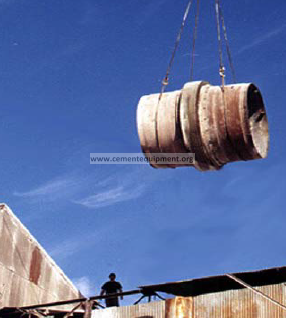
Thermal expansion
-Convex spallings on the longitudinal joints
-Too little allowance for expansion leads to higher pressure within the brickwork. Convex spallings finally occur.
-Insufficient expansion space
-Frequent kiln stops after the burnout of the cardboards
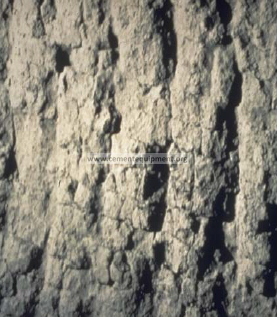
Loosenings of the lining
-Loosenings of the brickwork due to brickwork movements
-Spiral twisting, tilting of bricks, shearing cracks, abrasion marks
on the brick‘s cold face
-Wrong installation, frequent kiln stoppages, kiln shell deformations and ovalities
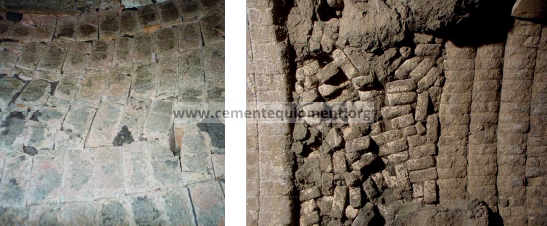
Kiln shell deformation (ovality)
-Local strong spallings in the tire section, the surrounding brickwork is intact.
-Increased ovality in the tire section causes tensions and loosenings of the lining.
-The brick‘s hot face is more loaded (spallings).
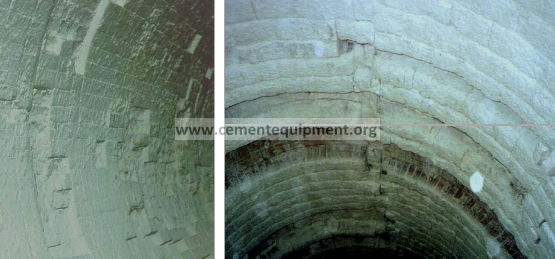
Groove formation
-Increased wear parallel to the kiln axis caused by groove formation, the other brickwork is intact (spallings of 2 – 3 brickwork width)
-Brickwork rings are closed too tightly, damage of the key bricks using a wrong hammer
-More than one iron plate within the brickwork rings
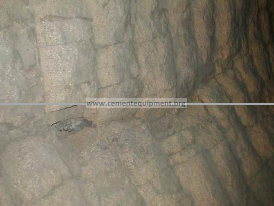
High pressure on the retaining ring section
-Increased pressure of the brickwork onto the retaining ring. Shearing tensions occur within the brickwork leading to cracks and spallings of brick parts.
-Instable, deformed kiln shell or ovality increase this wear.
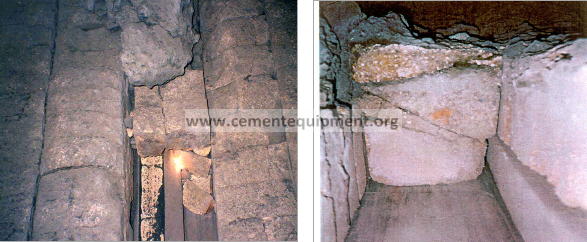
Wear influences onto the monolitic lining
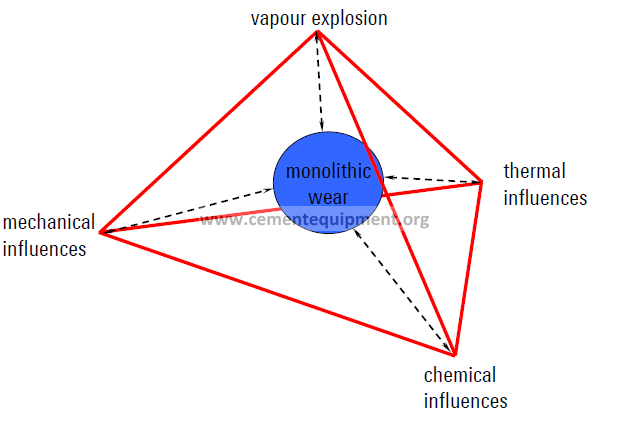
Wear influences onto the monolitic lining
-Vapour explosion (100 °C to ~600 °C)
-Too fast heating up during setting/hardening and
after heating up of the monolithic liningThermal influences
-Thermal shocks, thermal overloading, thermal spotsChemical influences
-Reaction with the kiln feed (clinker dust), thermochemical
attack by harmful components (alkali and sulfur compounds)Mechanical influences
Abrasion, dust erosion (clinker dust), influences due to anchor,kiln shell
and metallic construction
Vapour explosion(100 °C to ~600 °C)
Riser shaft to calcinator/inlet chamber Cooler banks
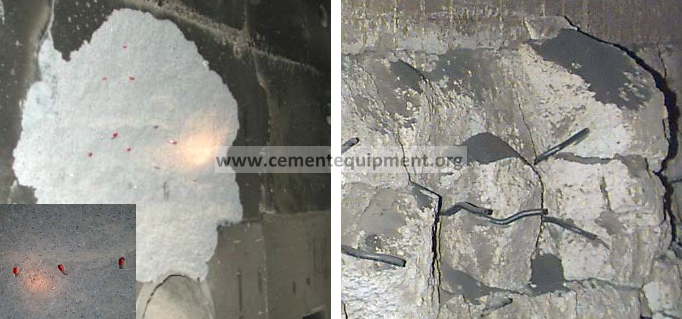
Thermal influences
Cooler banks(tension cracks caused by thermal shock)
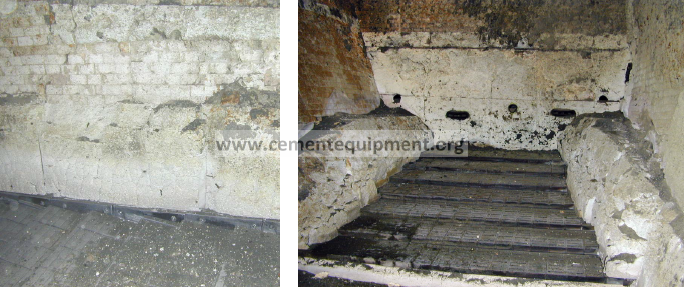
Chemical influence
Kiln hood back wall (alkali attack-> alkali spalling)
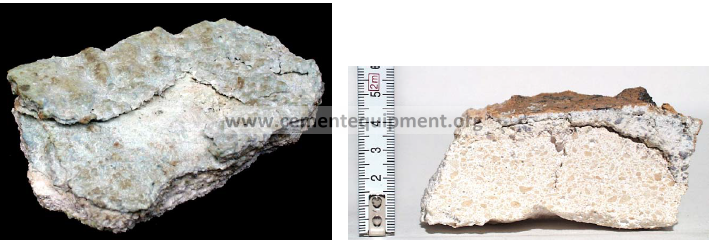
Corrosionof metallic anchors
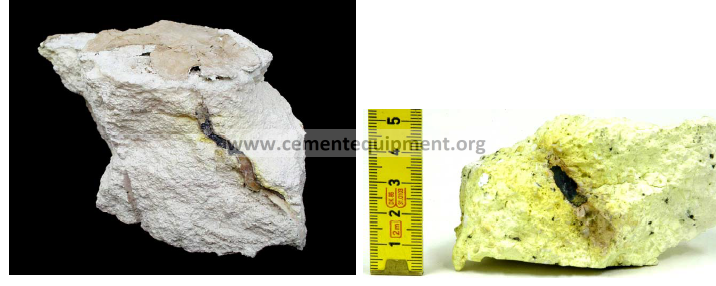
Mechanical influence
Damper in the tertiary air duct (high abrasion caused by strongair stream)
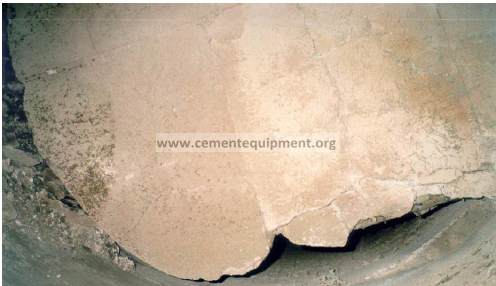
Thermal, chemicaland mechanica linfluence
Burnerlance
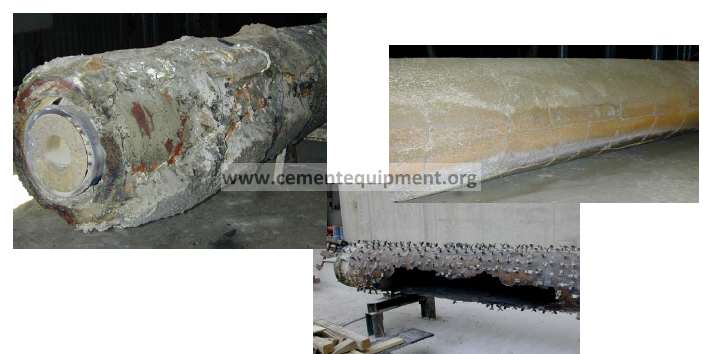
A change of refractory wear, particularly when using
alternative or waste fuels in the cement rotary kiln
-Fuel oil and gas as primary energy since approx. 1960
-Changeover to coal after the petroleum crisis in 1973/74
-Use of alternative fuels since mid eighties
Lining and coating zone of kilns using fuel oil and gas
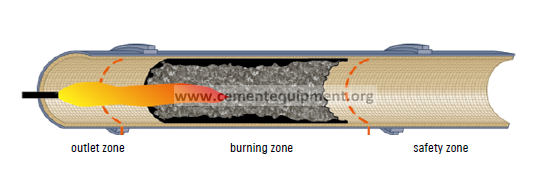
-Coating in the burning zone
-The magnesia-chromite bricks used in the hot zones and the high alumina and fireclay bricks in the other sections perform good regarding life time and wear resistance
A change of refractory wear, particularly when using
alternative or waste fuels in the cement rotary kiln
-Fuel oil and gas as primary energy since approx. 1960
-Changeover to coal after the petroleum crisis in 1973/74
-Use of alternative fuels since mid eighties
Lining and coating zone of kilns using coal and fuel oil
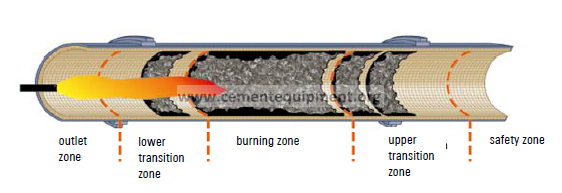
-Coating in the burning zone and particularly in the transition zones
-Magnesia-chromite bricks in the burning zone showing a usual wear
-Reduced service life of the magnesia-chromite lining in the transition zones (salt infiltration, formation of alkali chromates, redox burning conditions)
Salt infiltrations, alkali chromate formation and reducing burning
conditions in case of magnesia-chromite bricks
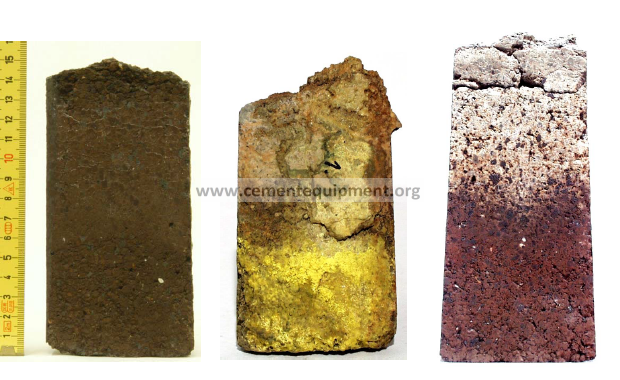
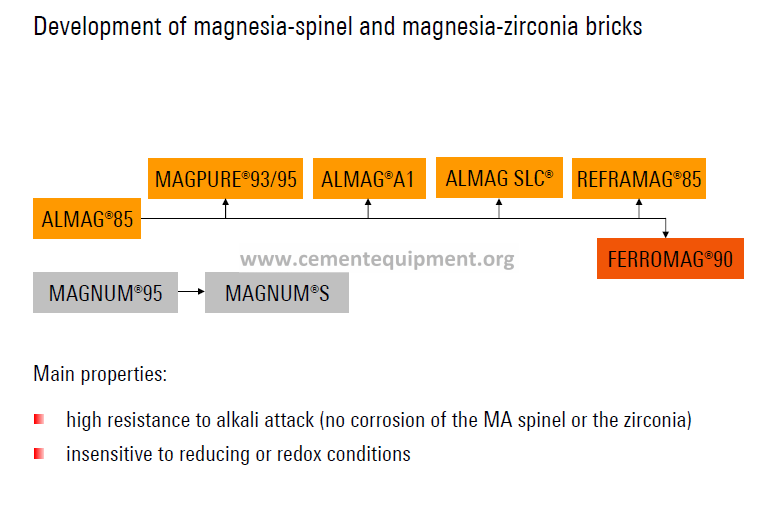
A change of refractory wear, particularly when using
alternative or waste fuels in the cement rotary kiln
-Fuel oil and gas as primary energy since approx. 1960
-Change over to coal after the petroleum crisis in 1973/74
-Use of alternative fuels since mid eighties
Lining and coating zone using fuels with 50 % usual fuels and 50 % alternative fuels

-Complex and instable coating situation and various flames
-Lining lifetime clearly reduced, particularly in the transition zones(massive salt infiltrations, local overheating, local redox burning conditions)
Influence of secondary fuels on the refractory lining and kiln system
-Stronger chemical and physical attack against the basic bricks
-Risk of irregular temperature profile in the kiln (local thermaloverload)
-Risk of formation of local reducing atmosphereStronger chemical attack against the aluminous and fireclay bricks
-Stronger attack against the kiln/cyclone shell and the anchor system
Percentage of the different wear types
Up-to-date studies show that more than 60 % of the wear cases are caused by
salt infiltrations (alone or in combination with other attacks)
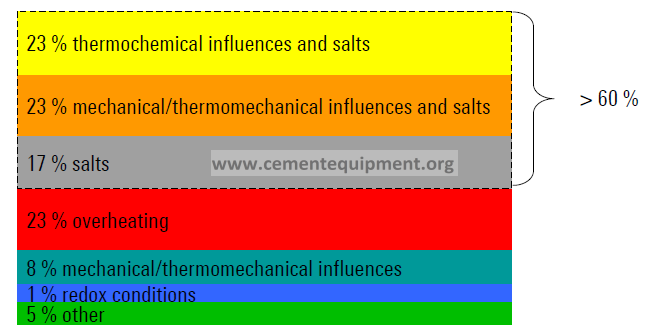
Increase of salt infiltrations and accumulation of other harmful substances
in the structure, balanced alkali-sulphatemodulus(ASM ~1)
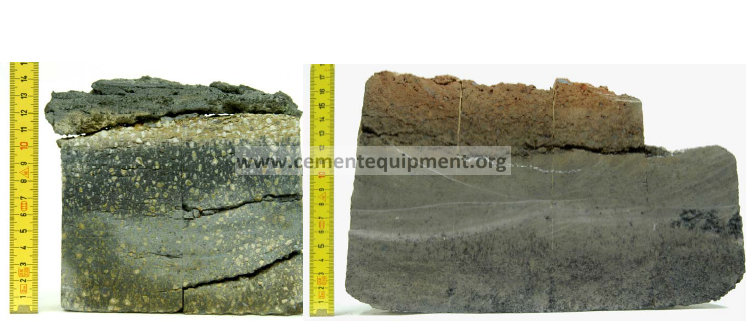
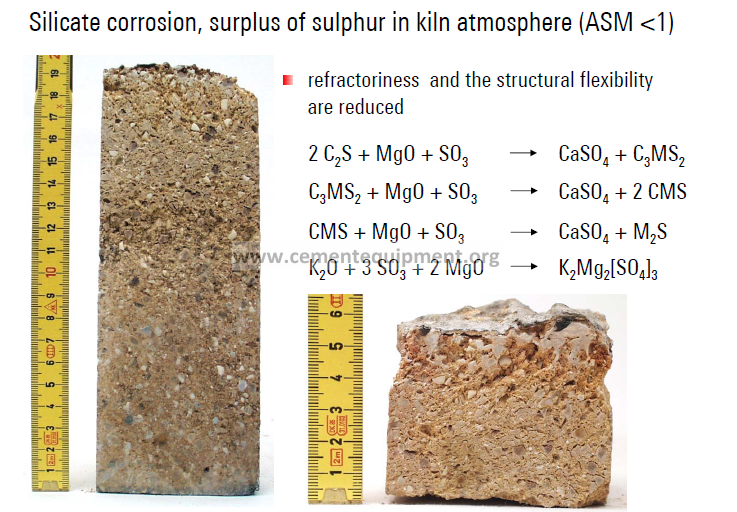
-Influence of secondary fuels on the refractory lining and kiln system
-Stronger chemical and physical attack against the basic bricks
-Risk of irregular temperature profile in the kiln (local thermal overload)
-Risk of formation of local reducing atmosphere
-Stronger chemical attack against the aluminous and fireclay bricks
Stronger attack against the kiln/cyclone shell and the anchor system
Local overheating and redox burning conditions
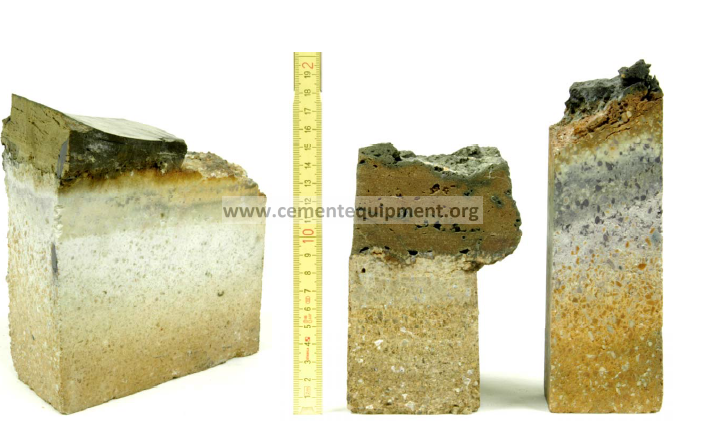
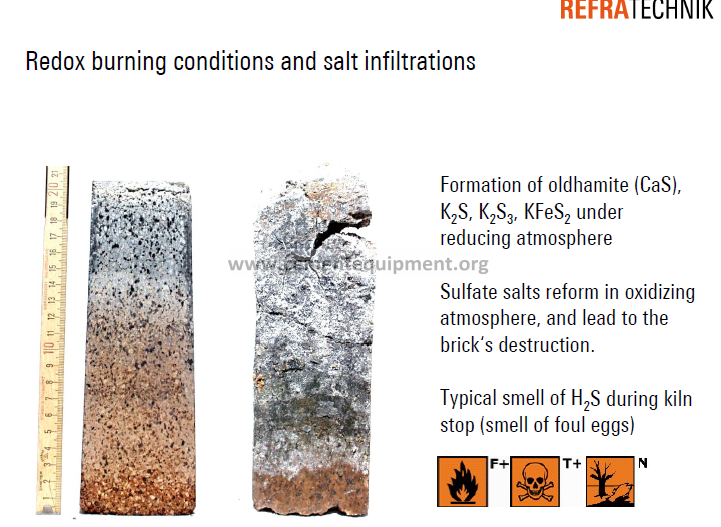
Strong reducing and redox burning conditions
carbon disintegration, Boudouardreaction (CO2+ C <-> 2CO)
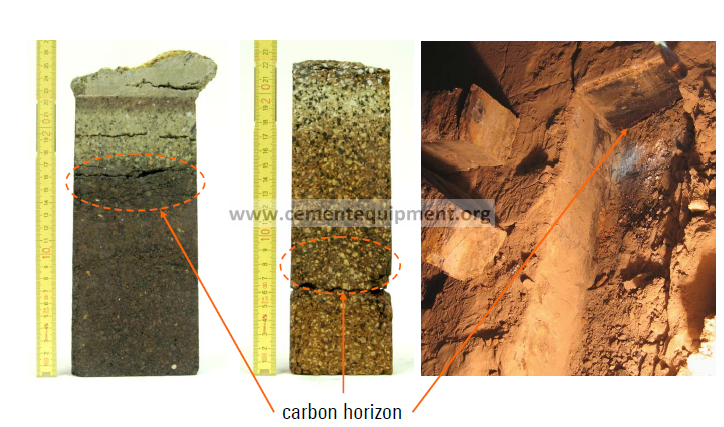
Influence of secondary fuels on the refractory lining and kiln system
-Stronger chemical and physical attack against the basic bricks
-Risk of irregular temperature profile in the kiln (local thermal overload)
-Risk of formation of local reducing atmosphere
-Stronger chemical attack against the aluminous and fireclay bricks
-Stronger attack against the kiln/cyclone shell and the anchor system
“Alkali Spalling“in the aluminous bricks
-Structural embrittlement and spalling of thin layers.
-The alkalis react with the components of fireclay and aluminous bricks under
formation of alkali containing alumina silicates (feldspars, feldspathoids).
This formation is accompanied by a volume increase.
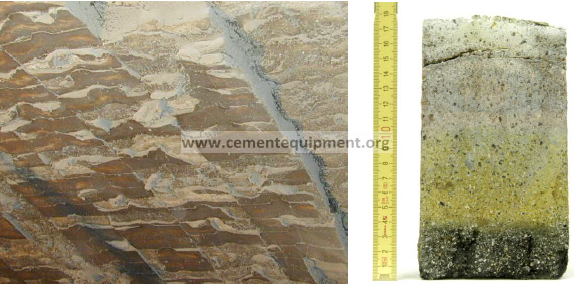
Influence of secondary fuels on the refractory lining and kiln system
-Stronger chemical and physical attack against the basic bricks
-Risk of irregular temperature profile in the kiln (local thermal overload)
-Risk of formation of local reducing atmosphere
-Stronger chemical attack against the aluminous and fireclay brick
-Stronger attack against the kiln/cylconeshell and the anchor system
Effect of kiln shell corrosion and cyclone steel shell
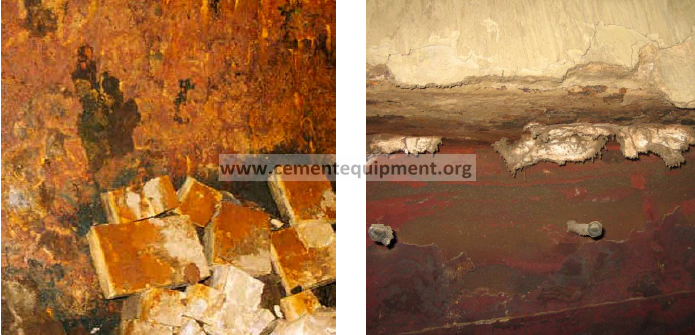
Corrosion of metallic anchors (refractory areas installed with castables),
formation of alkali chromate (K2CrO4), surplus of alkalis
in kiln atmosphere (ASM >1)
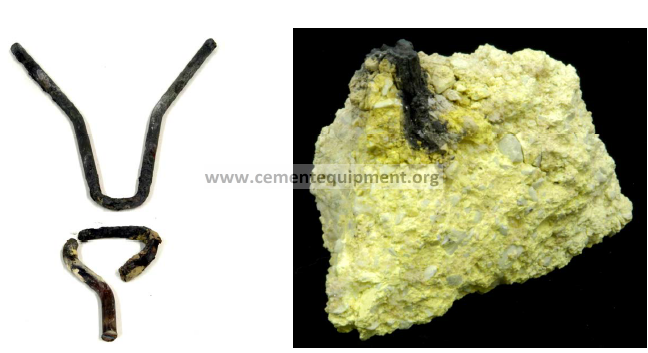
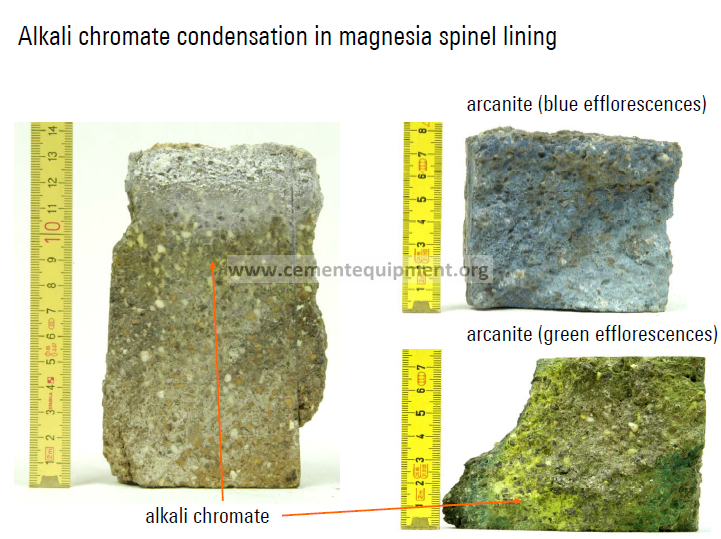
Requirements to refractory material and its installation
in Cement Rotary Kilns fired with secondary fuels
-Minimization of infiltration and corrosion of refractory components
-Optimization of the structural texture by higher flexibility
and high structural strength
-Renewable sealing of the refractory’s hot face
-Optimization of installation technology, especially in the static area of cement
kiln system including a flexible and fast installation of high grade refractory
concretes and bricks
-Innovative insulating and protection options for the anchoring system and steel
shell to reduce or even prevent different corrosion mechanism ofshell and anchor
